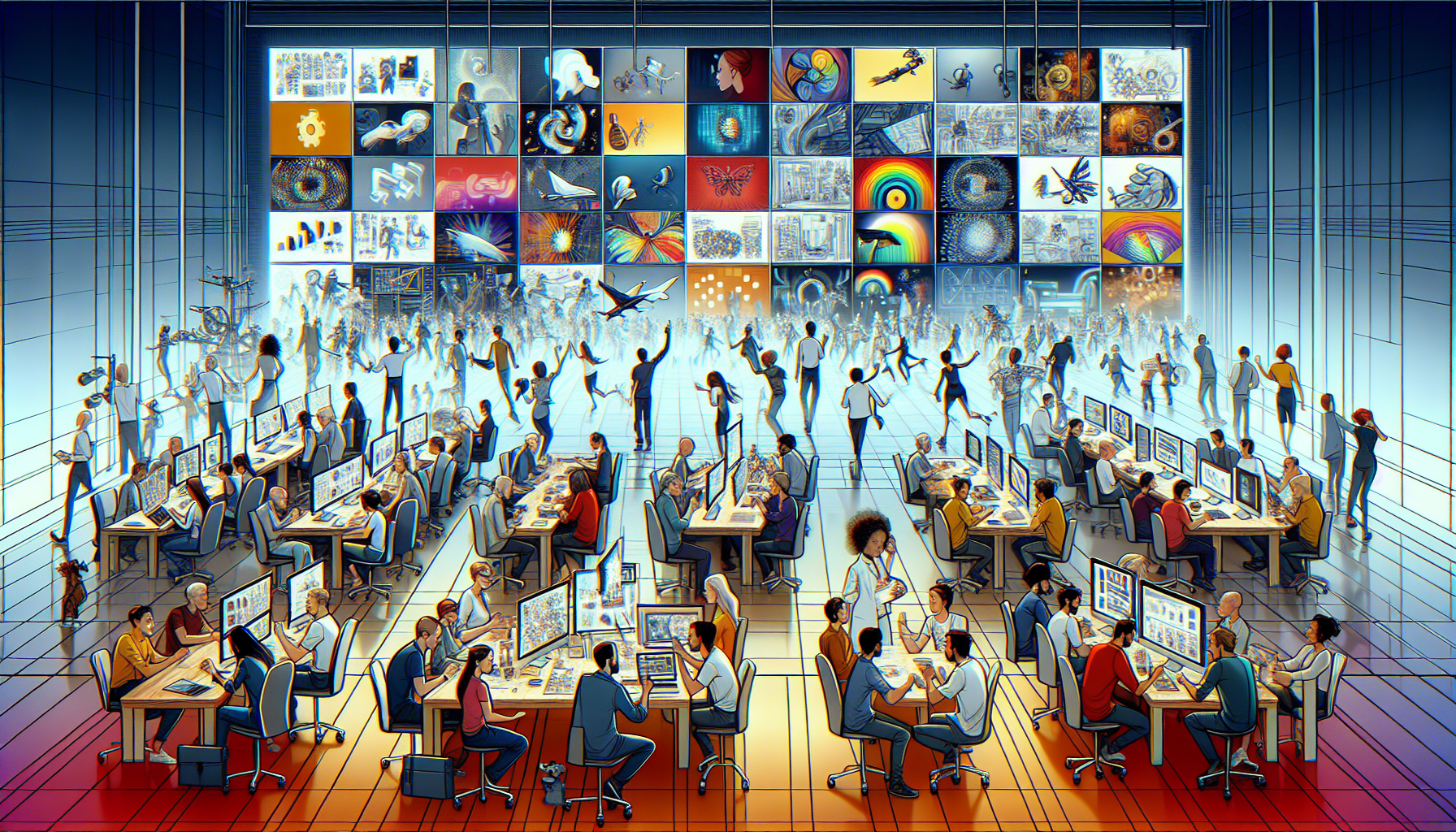
Once Upon a Time in Toon Town: The Quirky Evolution of Animation Tropes
Let’s dive deep into the wacky whirlpool of animation, where tropes and archetypes bounce around like a cat after its third espresso. Animation has been a wild ride from Steamboat Willie to Rick and Morty, and oh boy, have the storytelling strategies evolved!
From Damsels to Divas: The Evolution of Character Archetypes
Remember the good old days when every princess needed rescuing and every villain twirled a mustache? Well, times have changed faster than Superman in a phone booth. Today’s animation boasts characters with layers deeper than a lasagna on a cold winter night. The damsel in distress has transformed into the warrior with a kick-butt attitude and a PhD in sass. Take, for example, Merida from Brave or Elsa from Frozen. These ladies are the heroes of their own stories, breaking the ice on traditional role ice caps.
The Rise and Fall (and Rise Again) of the Wacky Sidekick
Oh, the sidekick—often more beloved than the hero. Where would our heroes be without their comedic counterparts throwing puns like confetti at a parade? Initially, sidekicks were as thin as a piece of paper, purely there for a laugh or two. Think Goofy or Donald Duck. But as storylines evolved, so did they. Enter characters like Shrek’s Donkey or Moana’s Maui, who not only provide comic relief but also have their own dreams, fears, and heroic moments. They’re not just the cherry on top; they’re the whole sundae now!
Villains with a Reason: Because Evil Just for Fun Is So Passé
Villains used to have the depth of a kiddie pool. Their motivations? Often just a simple splash of because I’m evil! Fast forward, and the baddies have gotten major upgrades. Today’s villains have backstories so compelling, you might just find yourself rooting for them. Consider Pixar’s Up, where the antagonist, Charles Muntz, is driven by obsession and a sprinkling of fame-induced madness. Or how about Dr. Heinz Doofenshmirtz from Phineas and Ferb? With a childhood backstory that includes no balloons on his birthday, how can we not at least sympathize with his ‘evil’ schemes?
The Trope Transformation: Slapstick to Satire
The early days of animation were all about that slapstick humor. Characters ran into walls, fell off cliffs, and took pies to the face as if they were participating in some sort of pastry-based Olympic sport. But as the audience’s taste refined like a fine wine, so did the humor. Enter satire and meta-humor, where shows like The Simpsons and BoJack Horseman don’t just tickle your funny bone—they also make you think. By poking fun at real-world issues under the guise of animated absurdity, these shows have reinvented the comedic wheel, wrapped it in satire, and driven it through the fourth wall.
The Never-Ending Loop: Nostalgia and Its Perpetual Comeback
Just when you thought a trope was dead and buried, it zombifies and comes back with a vengeance, often with a modern twist. The reboot phenomenon has taken classics that smelled of mothballs and revitalized them fresher than a peppermint patty. Teenage Mutant Ninja Turtles, DuckTales, and even The Powerpuff Girls have all put on their nostalgia goggles and dived back into the mainstream, proving that what’s old can be new again—with added layers of nuance tailored to today’s savvy viewers.
In the kaleidoscopic world of animation, tropes and archetypes are no longer just recycled; they’re repurposed, reimagined, and revitalized. As these tools of storytelling continue to evolve, they invite viewers, both young and young at heart, to see not just what is, but what can be. In animation, the only limit is the animator’s imagination—so buckle up, because the ride into the animated future is bound to be anything but flat.






